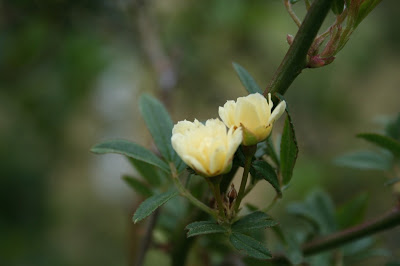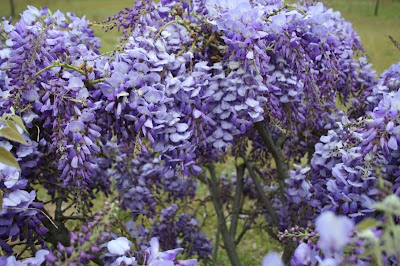






Cedar-apple rust is just one of several similar fungal diseases which could be broadly classified as Juniper-Rosaceous rusts. All of these rusts have very similar disease cycles but differ in exactly which juniper and rosaceous species they infect. The fungus spends part of its life cycle on a juniper host and part on a host in the rose family. It requires both hosts to complete its life cycle. All of these rust diseases are caused by species in the genus Gymnosporangium. Cedar-apple rust is caused by the fungus known as Gymnosporangium juniperi-virginianae. Two other common juniper-rosaceous rusts are hawthorn rust and quince rust, although there are many more.
Examples of juniper hosts include eastern red cedar, southern red cedar, Rocky Mountain juniper, some prostrate junipers, and Chinese juniper. Examples of rosaceous hosts are apple, crabapple, hawthorn, quince, serviceberry, and pear. Some commercial apple varieties are highly susceptible to cedar-apple rust with both direct fruit infection and defoliation of infected leaves. (from the Cornell University Plant Clinic website)












 Cedar-Apple Rust
Cedar-Apple Rust


1 comment:
OBMB for sure!! That is WILD! You've given some great information here - way more than I did! And your gall is ready to spew spores. Creepy, isn't it?
I pulled all the galls off yesterday (it's a small tree), but I'm sure we'll still see the fungus. Hopefully, only in small amounts. It was covered last year (as you saw).
Love the wisteria! And the azaleas...oh, to be in your zone! Well, I do have both of those, but it will be awhile before we see blooms. We don't even have leaves yet! LOL.
Post a Comment